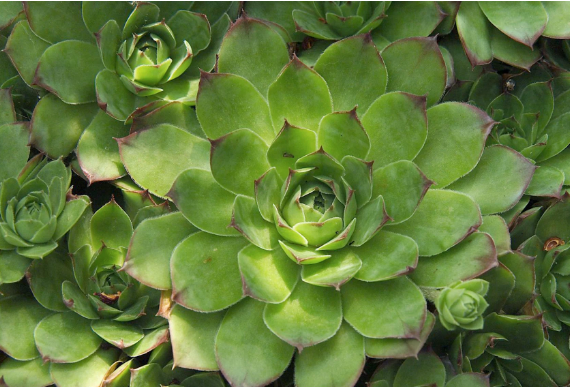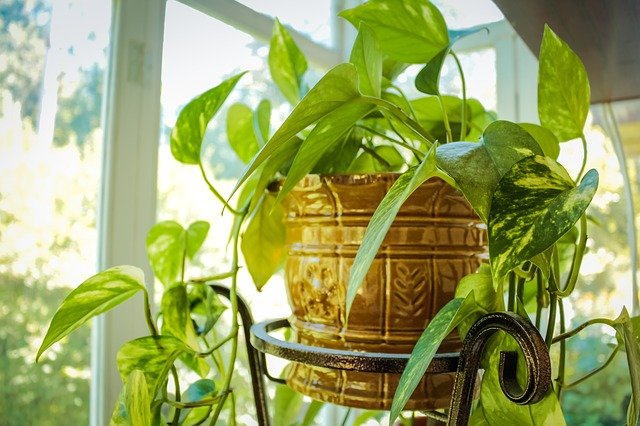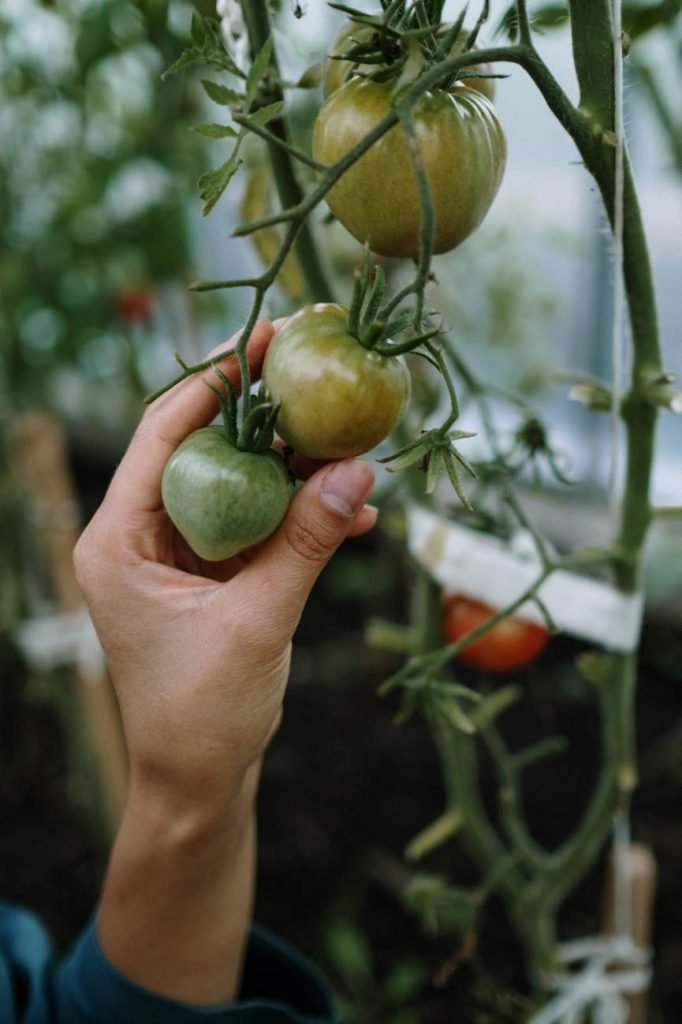In the diverse world of botany, red stem plants with green leaves stand out as striking examples of nature’s artistry. These plants captivate gardeners and plant enthusiasts alike with their unique combination of vibrant red stems contrasting against lush green foliage. This article delves into the fascinating world of these eye-catching plants, exploring their varieties, care requirements, and the visual impact they can have in both indoor and outdoor settings.
Table of Contents
Popular Red Stem Plants
There are numerous plants that feature red stems paired with green leaves. Here are some of the most popular varieties:
- Chinese Evergreen (Aglaonema)
- Polka Dot Plant (Hypoestes phyllostachya)
- Red Stem Malabar Spinach (Basella alba var. rubra)
- Pilea Peperomioides (Chinese Money Plant)
- Red-Stemmed Swiss Chard (Beta vulgaris subsp. vulgaris)
Tall Plants with Red Stems and Green Leaves
For those looking to make a bold statement with height, consider these tall plant with red stem and green leaves options:
- Red Twig Dogwood (Cornus sericea)
- Himalayan Honeysuckle (Leycesteria formosa)
- Japanese Knotweed (Fallopia japonica)
- Red-Stemmed Banana (Musa acuminata ‘Red Dacca’)
- Canna Lily (Canna x generalis)
Indoor Plants with Red Stems and Green Leaves
If you’re looking to bring this striking color combination indoors, here are some popular indoor plant with red stem and green leaves choices:
- Chinese Evergreen ‘Red Siam’
- Peperomia Verticillata ‘Red Log’
- Stromanthe Triostar
- Calathea Rufibarba
- Fittonia ‘Red Anne’
Caring for Red Stem Plants
While care requirements can vary depending on the specific plant, here are some general tips for maintaining healthy red stem plants:
- Light: Most red stem plants prefer bright, indirect light. Direct sunlight can fade the red coloration.
- Water: Keep the soil consistently moist but not waterlogged. Allow the top inch of soil to dry between waterings.
- Humidity: Many of these plants, especially tropical varieties, thrive in higher humidity environments.
- Fertilizer: Feed with a balanced, water-soluble fertilizer during the growing season.
- Temperature: Most red stem plants prefer warm temperatures between 60-75°F (15-24°C).
The Science Behind Red Stems
The red coloration in plant stems is typically due to the presence of anthocyanin pigments. These pigments serve several purposes:
- Protection: Red pigments can protect plants from excess light and UV radiation.
- Temperature regulation: Dark colors absorb more heat, potentially helping plants in cooler climates.
- Pest deterrence: Some insects are less attracted to red-colored plants.
Landscaping with Red Stem Plants
Incorporating red stem plants into your landscape design can add visual interest and create stunning contrasts. Here are some ideas:
- Create focal points: Use tall red stem plants as striking focal points in garden beds.
- Border plantings: Line walkways or garden edges with shorter red stem varieties for a pop of color.
- Container gardening: Combine different red stem plants in containers for eye-catching patio or balcony displays.
- Winter interest: Plants like Red Twig Dogwood provide color even after leaves have fallen, adding winter interest to gardens.
Indoor Decor with Red Stem Plants
Bringing red stem plants indoors can liven up your living spaces. Consider these decorating ideas:
- Statement pieces: Place larger red stem plants in corners or as room centerpieces.
- Shelf accents: Smaller varieties can add color to bookshelves or windowsills.
- Hanging baskets: Some trailing red stem plants look beautiful in hanging planters.
- Terrariums: Create miniature landscapes featuring small red stem plants.
Propagating Red Stem Plants
Many red stem plants are relatively easy to propagate, allowing you to expand your collection or share with friends. Common propagation methods include:
- Stem cuttings: Cut a healthy stem below a leaf node and root in water or moist soil.
- Division: Separate mature plants into smaller sections, each with roots attached.
- Leaf cuttings: Some plants, like Peperomia, can be propagated from leaf cuttings.
Challenges and Troubleshooting
While red stem plants are generally hardy, they can face some common issues:
- Loss of red coloration: Often due to insufficient light or improper fertilization.
- Leaf drop: Can be caused by overwatering, underwatering, or temperature stress.
- Pests: Watch for common houseplant pests like spider mites or mealybugs.
To address these issues:
- Adjust light conditions as needed.
- Ensure proper watering and drainage.
- Maintain appropriate humidity levels.
- Use organic pest control methods if needed.
Conclusion
Red stem plants with green leaves offer a unique and visually appealing option for both indoor and outdoor gardening. From the tall and dramatic Red Twig Dogwood to the compact and colorful Polka Dot Plant, there’s a red stem variety to suit every taste and garden setting.
These plants not only add a splash of color to your space but also provide interesting talking points and opportunities for horticultural learning. Whether you’re an experienced gardener looking to add some contrast to your landscape, or a houseplant enthusiast seeking to diversify your indoor jungle, red stem plants offer a world of possibilities.
Remember, the key to success with these plants lies in understanding their specific needs and providing the right care. With proper attention to light, water, and humidity, you can enjoy the striking beauty of red stems and green leaves year-round.
So why not add a touch of red to your green thumb? Explore the world of red stem plants and discover the perfect variety to complement your space and showcase nature’s artistic flair.

Gardening is my passion and growing plants indoors has always been a stress relief for me. Grow a banana tree in my apartment once (although failed to produce bananas).





